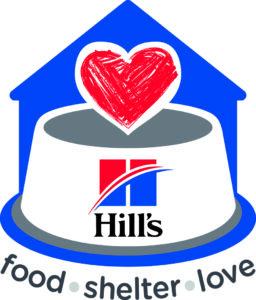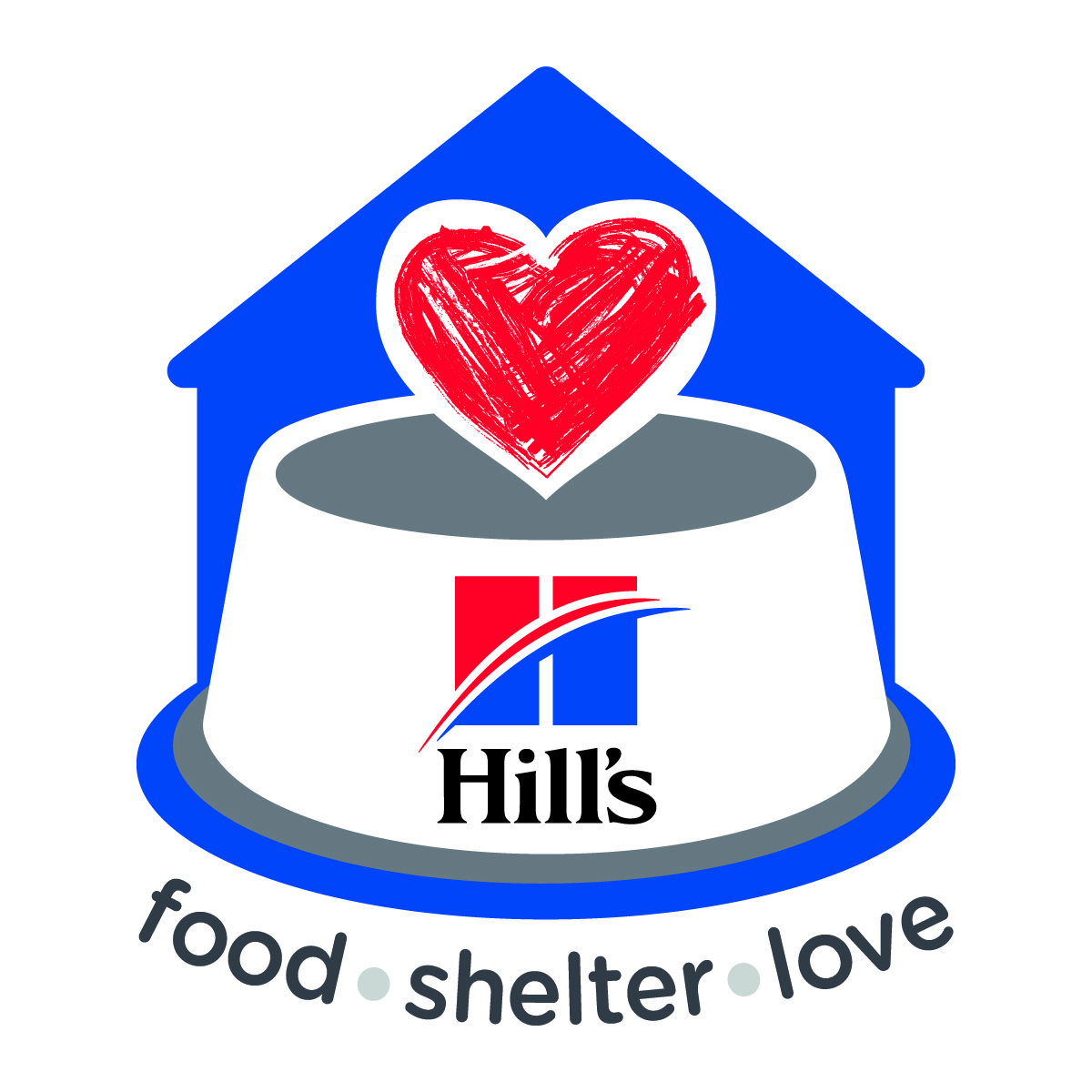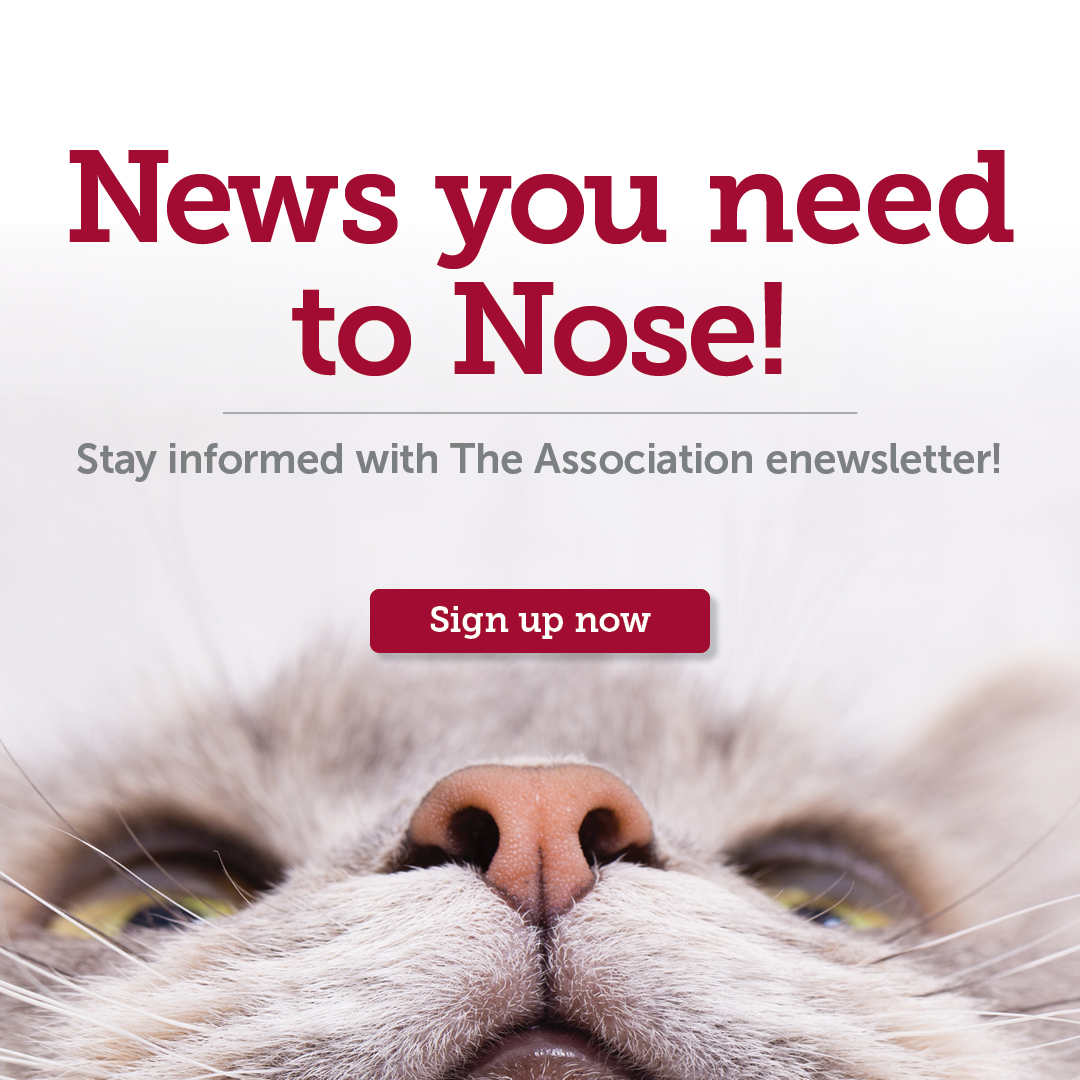News, ideas & inspiration from industry leaders
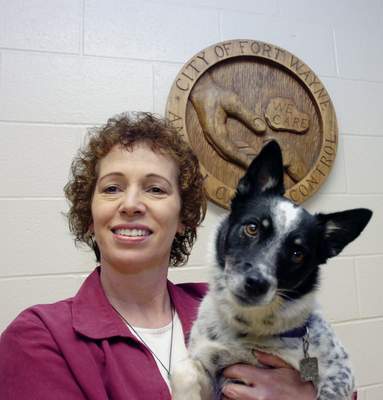
Member Spotlight: Get to Know Belinda Lewis
When we first asked Belinda Lewis, MS, CAWA, to blog about the changes she’s seen in animal sheltering over her 33 years at Fort Wayne Animal Care & Control, and to talk about her current gig advancing professionalism in animal cruelty investigations as an instructor with Code 3 Associates, she promptly requested a word count. “A three-hour movie is flashing before my eyes!” she joked. Read on for her wisdom and insight.
In 1983, I was fortunate to start at a nonprofit humane society in a small town with a forward-thinking prosecutor. He needed someone to team with law enforcement to help abused animals in his county, pushing me into a quick learning curve that opened my eyes to possibilities. Three years later, I moved over to the government sector, went through the police academy, and dedicated myself to raising the bar for anyone who wished to put together a package on behalf of an animal in need.
Living in the conservative Midwest, I quickly realized that my personality and passion to intervene in animal cruelty would best lend themselves to a governmental agency approach. In 1988, my friends accused me of moving to the dark side when I began at Fort Wayne Animal Care and Control. Implementing management approaches to pet overpopulation, advancing spay/neuter through public incentives, improving animal welfare in private ownership through humane education and ordinance modernization all became our mantras in the 1990s. Our community support, rescue relationships, and ever-increasing resources were bolstering our efforts, and options for our animals were opening up. But change through management and the requirements of local political diplomacy can be slow.
Ch ch ch ch changes…
From my view as a moderate, the field from to 1983 to 2020 has been a profession of extreme movements. The warehousing and mass euthanasia of the 1970s was fortunately no longer acceptable in the 1980s, but the nationally recommended implementation of strict adoption policies meant very few were worthy of pet ownership. Huge adoption philosophy swing! In either case, I saw that animals and citizens were being victimized by our extremes. Many nonprofits were sheltering without adequate funding, training was limited, low wages meant marginal employees, and local governments viewed our profession as a housekeeping duty. Field services of the early ‘80s were considered successful if animals were off the streets. We had a few torch bearers in our early years, to whom we are indebted for their unwillingness to accept the status quo.
Our brethren from the more liberal-minded coastal states had other ideas—and suddenly, so it seemed, the concepts of no-kill, open adoptions, national grant funding, and live release rates dominated the landscape. I think much of the best programming in sheltering has arisen from the need to embrace some, yet temper other, movements we have faced. For example:
Coalition programming to incorporate all that can be brought to the table for the good of a community’s animals and to create inclusive conversation that recognizes our responsibilities across the profession.
Teamwork that integrates broad resources for best sheltering practices, cruelty intervention, responsible rescue, community cats, high-volume low cost spay/neuter, agency transparency, transfer, and post-adoption assistance.
Disaster response has grown to its current high level of expertise out of response to early failures.
The advent of National Incident-Based Reporting System (NIBRS)
animal cruelty reporting in 2016 was a nationwide achievement and statement of importance that many of the long-term advocates for advancing professionalism in animal cruelty investigations can be proud of.
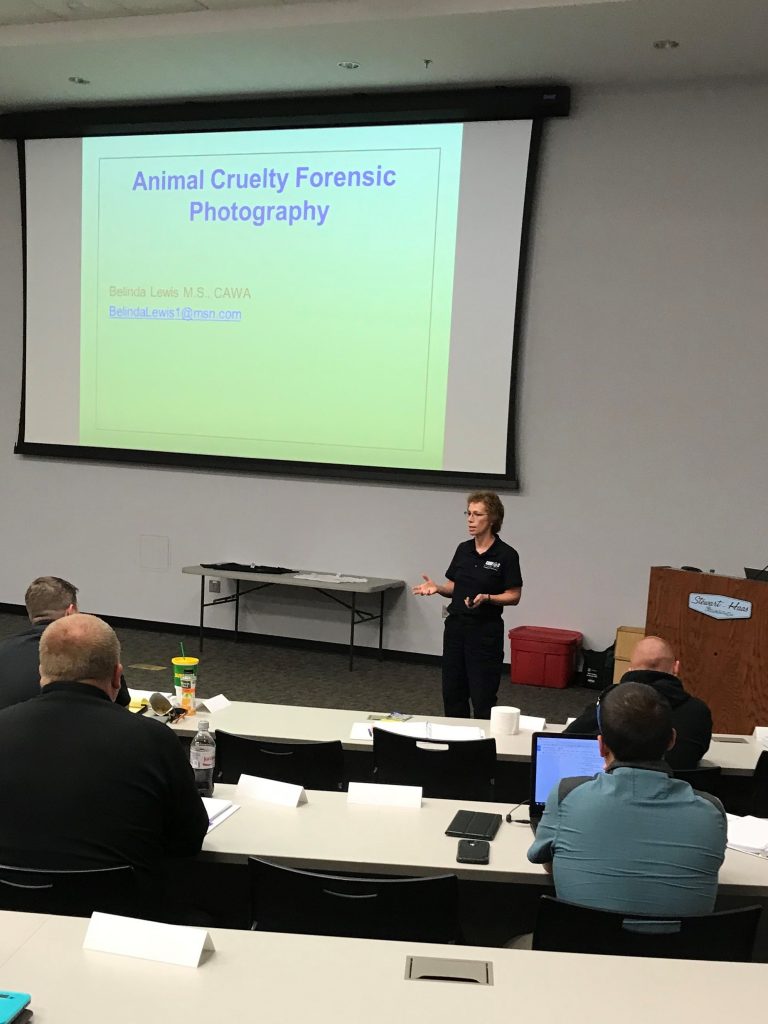
My new passion? That’s easy…
After 33 years engaging in the myriad responsibilities that make up animal sheltering and field services, the focus to assist others with cruelty investigations is now my sole concentration. Upon retirement from Fort Wayne Animal Care and Control, Code 3 Associates reached out and suggested I may be a good fit as an instructor for the National Animal Control & Humane Officer academy modules. I am grateful for the opportunity and love the classroom, with the chance to help others to raise the investigative bar at their own organizations. What seemed to be missing from the programming was practical application—so I am thrilled to be offering a new three-day course to fill that gap. Students will be working as both primary law enforcement and as team members to properly carry forward a case from complaint to investigation, culminating in the presentation of a complete package to a mock “prosecutor.”
Right now, I am excited by the concepts of Socially Conscious Sheltering. We have a modern vocabulary now that would have been completely foreign when I began in 1983. In the big picture, we are still a young vocation. We have learned that the most critical component of serving the people and animals of our communities is our own ability to disagree professionally, to stay open-minded to possibilities, and to communicate with respect. The Association has and will continue to play a key role in that regard.

